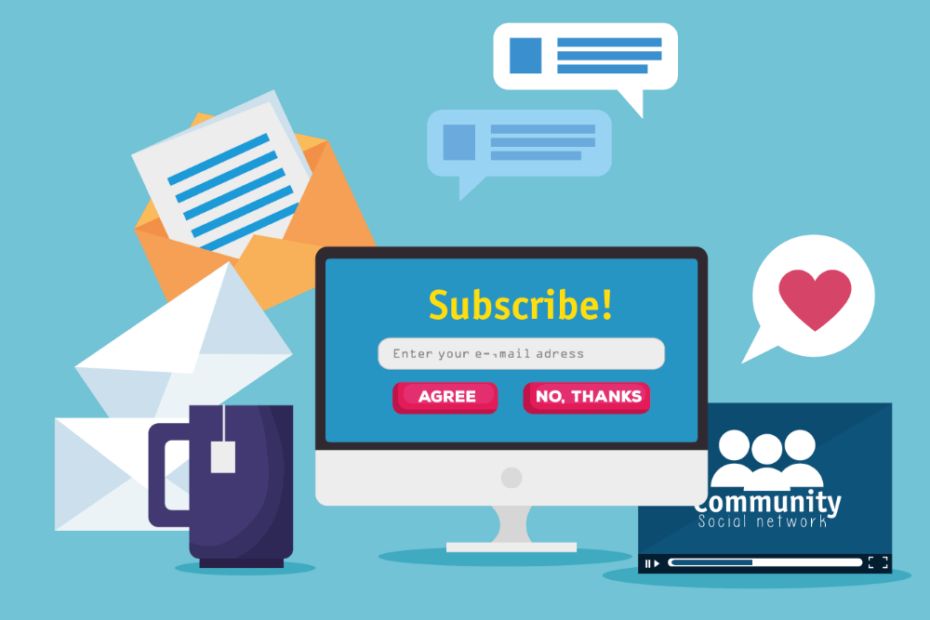📑 Table of Contents
In today’s fast-paced world of digital marketing, SMS (Short Message Service) marketing, especially considering “SMS Marketing Cost,” has emerged as a powerful tool for businesses seeking a direct and personal way to reach their audience. However, understanding and managing the costs associated with SMS marketing can be a challenge.
This comprehensive guide aims to demystify the expenses involved, helping businesses make informed decisions about their marketing strategies.
The Basics of SMS Marketing Cost
SMS marketing involves sending bulk messages directly to the mobile phones of potential or existing customers. It’s a strategy that boasts high engagement rates, with texts often being read within minutes of receipt. However, the cost of SMS marketing is influenced by various factors.
1. Pay-Per-Message vs. Subscription Models: Most SMS marketing services operate on a pay-per-message or subscription basis. Pay-per-message plans charge a fixed rate for each text sent, while subscription models offer a set number of messages per month for a recurring fee. The choice between these models depends on the volume of messages a business anticipates sending.
2. Number of Messages: The volume of texts sent is a primary cost factor. Bulk messaging often comes with volume discounts, making it a cost-effective option for larger campaigns.
3. Message Length and Content: Standard SMS messages are limited to 160 characters. Messages exceeding this limit are segmented and may incur additional costs. Furthermore, messages containing multimedia (known as MMS) are typically more expensive.
4. Recipient Location: Costs can vary depending on the recipient’s location. International messaging usually incurs higher fees than domestic texts.
Advanced Features and Additional Costs
Beyond basic messaging, advanced SMS marketing features can impact costs:
1. Automation and Integration: Automated messages and integration with CRM (Customer Relationship Management) systems can streamline campaigns but often come at an additional cost.
2. Personalization and Segmentation: Tailoring messages to specific customer segments can enhance engagement but may require more sophisticated (and expensive) software solutions.
3. Compliance and Security: Adhering to legal requirements like GDPR in Europe or TCPA in the U.S. is crucial. Ensuring compliance might entail additional costs for legal advice or software features. Read more about what SMS compliance is.
Maximizing Your SMS Marketing Budget
To maximize the return on investment (ROI) of SMS marketing, consider the following strategies:
1. Targeted Campaigns: Craft messages that resonate with your audience. Segment your list to ensure relevancy, which can lead to higher engagement and reduced waste.
2. Monitor and Optimize: Regularly track the performance of your SMS campaigns. Analyze metrics like open rates and conversions to refine your approach and allocate funds more effectively.
3. Leverage Integrations: Integrate SMS marketing with other channels like email or social media for a cohesive strategy that maximizes reach without significantly increasing costs.
Evaluating the True Value of SMS Marketing
While understanding the direct costs is crucial, evaluating the true value of SMS marketing involves considering both its efficacy and efficiency. Here’s how:
1. Engagement Rates: SMS messages have an exceptionally high open rate, often as much as 98%, compared to 20% for emails. This high engagement rate can lead to better conversion rates, making SMS a valuable tool despite its cost.
2. Speed and Reach: SMS marketing enables you to reach a vast audience quickly. Most people keep their mobile phones within arm’s reach, ensuring that your message is seen almost immediately.
3. Customer Preference: Many customers prefer text messages over other forms of communication for receiving promotions and updates. This preference translates into higher customer satisfaction and loyalty, which can be invaluable for long-term business success.
Tips for Reducing SMS Marketing Cost
While SMS marketing is an investment, there are ways to reduce costs without compromising effectiveness:
1. Optimize Message Content: Craft concise, clear, and compelling messages to avoid unnecessary segments and costs.
2. Choose the Right Service Provider: Select an SMS marketing service that offers the best value for your specific needs. Compare different providers and negotiate rates if possible.
3. Utilize Free Trials and Demos: Many service providers offer free trials. Use these opportunities to test the effectiveness of SMS marketing for your business before committing to a paid plan.
4. Time Your Messages Wisely: Send messages at times when they are likely to have the greatest impact. Avoid over-messaging, which can lead to higher costs and lower engagement.
Future Trends in SMS Marketing and Cost Implications
As technology evolves, so do the possibilities and costs associated with SMS marketing. Emerging trends include:
1. AI and Machine Learning: The integration of AI can lead to more personalized and effective messaging, but may also increase costs.
2. Rich Communication Services (RCS): RCS is set to replace SMS, offering more interactive and multimedia-rich messaging options. While this could enhance engagement, it may also come with higher costs.
3. Data Analytics and Insights: Advanced analytics tools offer deeper insights into campaign performance but might require additional investment.

Conclusion
SMS marketing offers a unique blend of immediacy and personalization, but navigating its costs requires careful planning and strategy. By understanding the different pricing models and factors that influence costs, businesses can effectively budget for their SMS marketing campaigns and achieve a significant return on their investment.
Remember, the goal is not just to manage costs, but to use SMS marketing as a tool to build meaningful connections with your audience.
